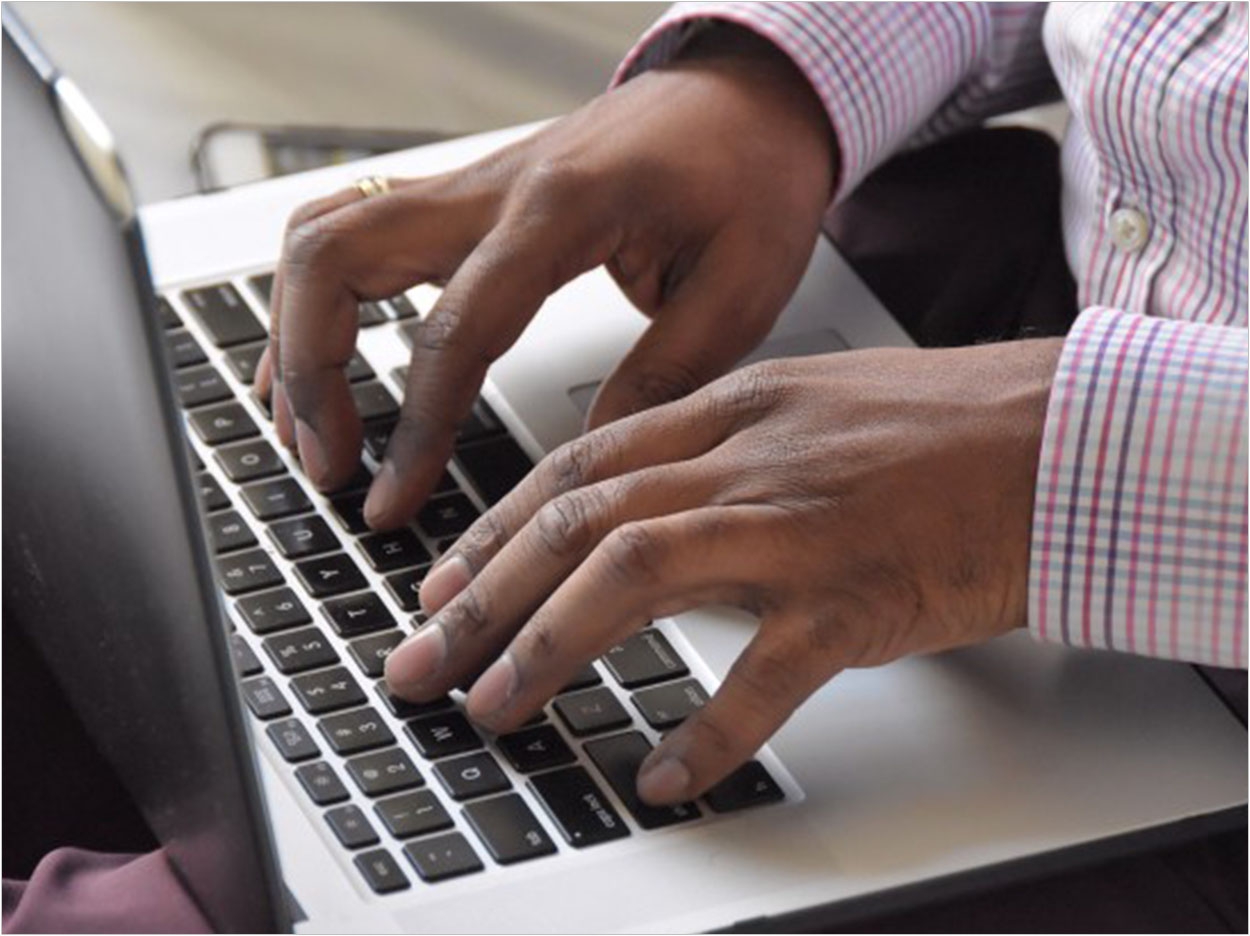
Teledentistry options provide critical access and affordable oral healthcare that is currently lacking for many in the Latino community, according to researchers at IdeateLABs and the University of California Los Angeles (UCLA) Center for the Study of Latino Health and Culture.
“Lack of Latino dentists, lack of insurance, and high costs make dentistry inaccessible to Latino communities. Teledentistry may provide access and affordable options for underserved communities,” said study leader Dr. David Hayes-Bautista, a Distinguished Professor of Medicine and director of the Center for the Study of Latino Health and Culture at UCLA.
For example, the study found, many Latino young adults face the “Latino-Ortho Dilemma” when it comes to accessing dental and/or orthodontic care:
- Latinos are 80% less likely to have access to a dentist in their local area.
- The Latino dentist shortage means there are few Latino providers available to choose from.
- Latinos face a lack of dental insurance.
- Low household income compounded by high costs of orthodontic care are a major restriction to access.
The study also found a lack of adequate, affordable dental and orthodontics insurance for Latinos:
- Latinos are still twice as likely to not have health insurance compared to non-Latino whites.
- Latinos are even less likely to have access to dental insurance.
- Private dental insurance is difficult to obtain, as few employers offer it as a benefit.
- Public dental insurance such as DentiCal is available only to certain categories of beneficiaries, and the vast majority of the 18- to 34-year-old age group is too old to even apply.
Low Latino household incomes and the high cost of oral healthcare are significant factors as well:
- Latino young adults are far less likely to live in high-income households, with less than a quarter living in households earning over $52,256.
- The out-of-pocket costs for orthodontic work in California can typically be as much as $12,000, which can make the cost prohibitive for young adults in low-income households.
- Households that can afford dental insurance still would need to pay an out-of-pocket cost of around $10,000 for orthodontic work.
Telemedicine, teledentistry, and tele-orthodontics can have a positive impact on oral healthcare, the study found:
- In view of the Latino Dental Dilemma and the Latino-Ortho Dilemma, the use of teledentistry and tele-orthodontics should be explored as a potential means of increasing both the access to and affordability for underserved Latino communities.
- Given that Latinos form the labor force backbone of California’s agricultural economy, teledentistry and tele-orthodontics are likely to be most beneficial in rural and underserved areas.
- Teledentistry and related technologies have the ability to extend care to patient populations with limited access or no access to dental care.
The researchers offer several suggestions for solving the Latino-Ortho Dilemma.
First, they recommend increasing access to dental services. While a long-term goal should be to have dental schools increase Latino enrollments to address the Latino dentist shortage, the multiplier effects of teledentistry and tele-orthodontics should be explored as one way of bringing services to underserved areas caused by the Latino dentist shortage.
Second, they suggest maintaining affordability and promoting innovation. Cost barriers continue to prevent underserved and low-income communities from having straight teeth.
Third, the say insurance coverage should be expanded to include teledentistry. One of the greatest barriers to greater use of telemedicine was that many insurers, such as private insurers and public programs including MediCal, did not adequately reimburse for telehealth services. The COVID-19 pandemic brought some temporary emergency relief to this issue, though it is not clear whether this relief is temporary or permanent.
Fourth, teledentistry patients should use platforms that have oversight by a licensed California dentist. This cannot be overstated, the researchers said.
Finally, providers should track data disaggregated by ethnicity and race. While small data sets show increased access in rural and underserved communities, the researchers said more robust data sets are needed to meaningfully track utilization.
The study, “Lessons from Telemedicine for Teledentistry and Tele-Orthodontics: Increasing Access and Affordability While Improving Quality and Safety,” was published by IdeateLABS and UCLA Health Center for the Study of Latino Health and Culture.
Related Articles
Dental Van Covers 3,000 Treatments and 107,000 Miles in 2019-2020
Use Teledentistry to Protect Your Patients and Your Team as You Reopen
Michigan Medicaid Expansion Improves Oral and Systemic Health












